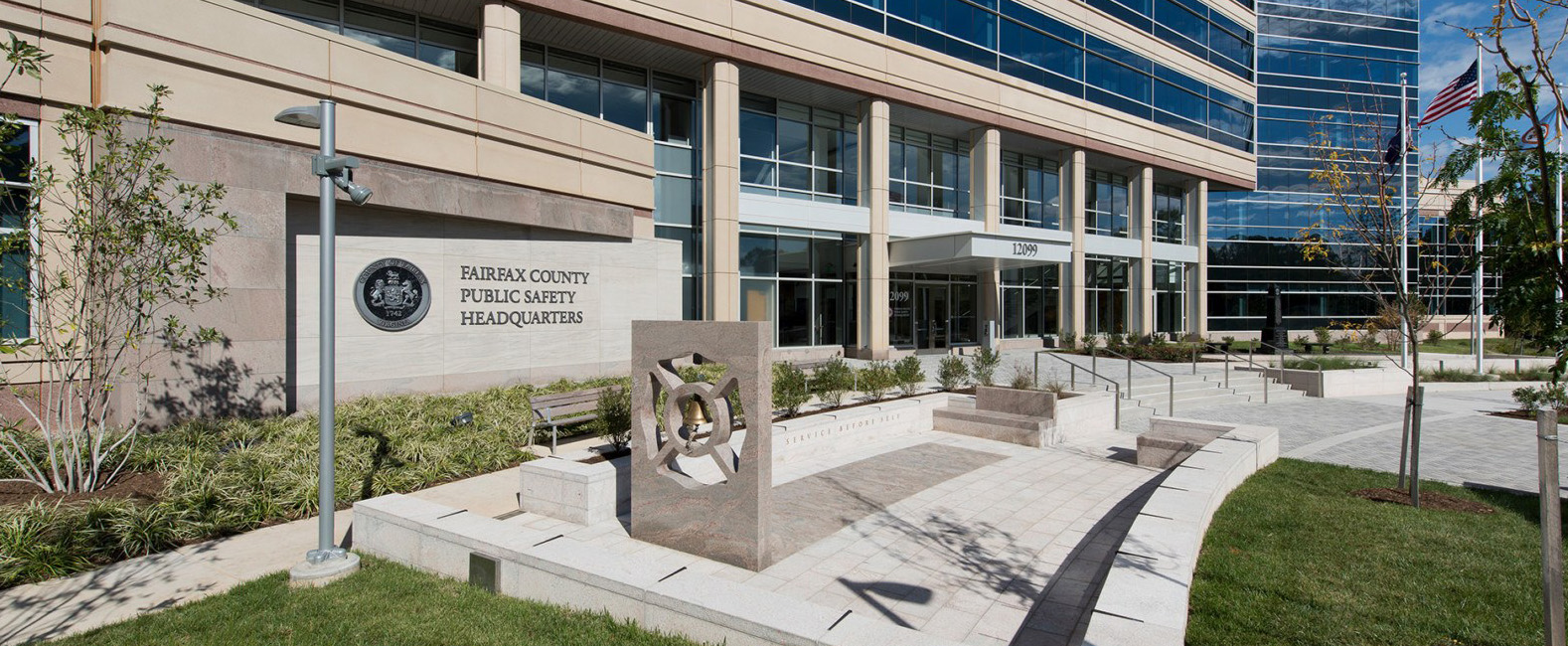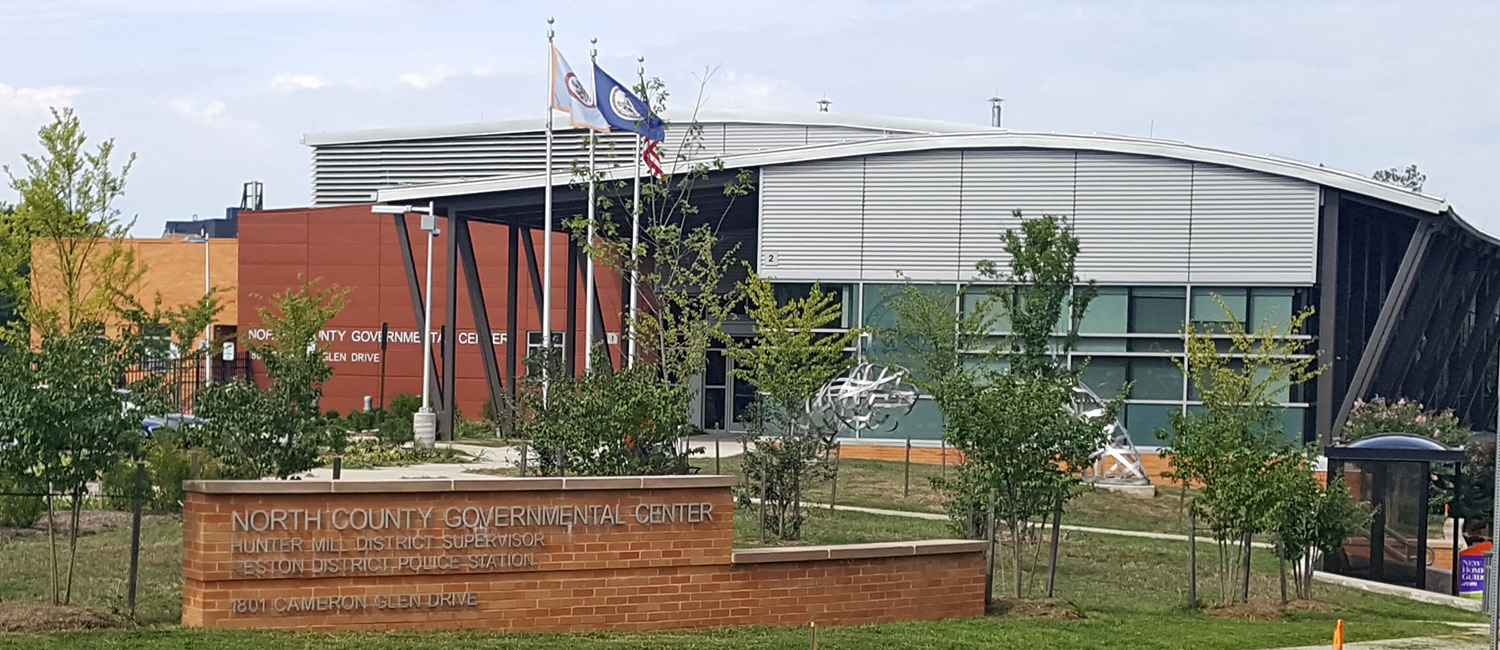
In 2019, Fentress served as a subconsultant to Major Security Consulting and Design, LLC, to review the current Fairfax County, VA police design standards and updated them in key areas addressing new security concerns and design challenges.
Located in Northern Virginia, Fairfax County is a suburb of Washington, DC. Although largely suburban, the county is the most populous in both the state and in the DC/VA/MD/WV metropolitan area. The area has experienced substantial growth in recent years and there are concerns that the development is encroaching on police facilities, creating new security concerns on both a vertical and horizontal plane.
These new vertical threats present unique challenges, as existing facilities were not designed to address vertical concerns. The age and condition of some current security measures, including surveillance camera systems and secure vehicle gates, leave the county exposed to new threats. In addition, attacks on police officers and law enforcement facilities have increased, heightening the need to reevaluate security measures and to employ sound and consistent security measures. Upgrades would enable the county to mitigate current and anticipated threats, take advantage of the latest technologies, and provide a consistent platform of security across all facilities.
For this project, the Major-Fentress Team reviewed and evaluated existing nationwide police facility design standards, particularly in the areas of security technologies, access control, and threat detection and mitigation.

The team also conducted site visits of seven police facilities, including police stations and animal control facilities, to document current conditions and to observe security practices. The site visits were conducted both during the day and after hours to assess security features at various times of day. The team produced observations reports that documented security observations at each location.
The team then produced updated design standards for physical and electronic security for both new and existing Fairfax County police facilities, incorporating best practices and new technologies in many areas, including:
The resulting updated security design standards will be used to guide renovations to existing police facilities and ensure that security is a critical focus of all new construction.
.jpg)
.jpg)